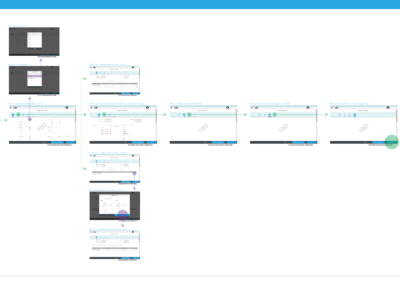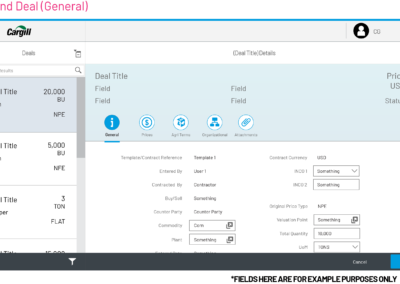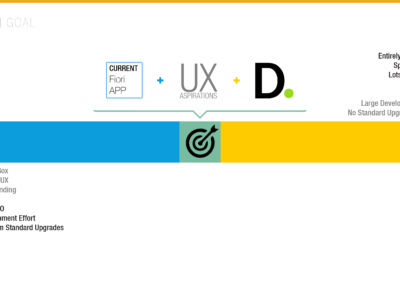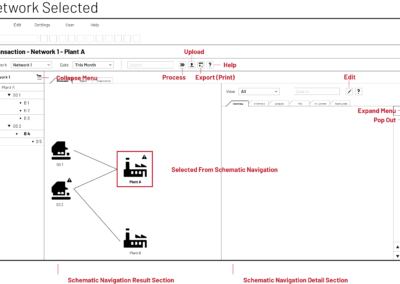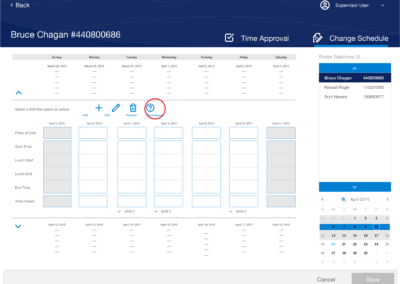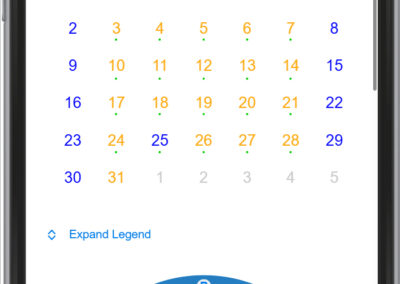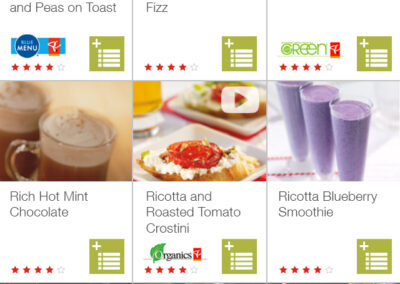
Custom Development with SAP
During my nearly four years as a UX Designer in SAP’s Custom Development division, I was responsible for a wide range of tasks. These included educating customers on the importance of human-centered design through workshops and creating on-site custom concepts for over 20 clients. The Statement of Work (SoW) contracts I handled ranged from $300K to $1.2M, with project durations varying from a few weeks to several months, depending on customer needs.
When I joined Custom Development, the organization was undergoing significant operational changes to better meet our customers’ evolving needs. Alongside other designers and leadership, I helped spearhead the D3 (Design Driven Development) program. This initiative educated internal teams on integrating UX design into their agile development processes, ensuring that our custom solutions were user-centric.
Notable Customer Projects
This is not an exhaustive list of customers, but rather some notable ones from my time in Custom Development. The scope of work varied for each customer, and below are examples of some of the projects I completed:

Cargill
Unified Deal Entry
Cargill, one of the largest privately held commodities trading companies globally, tasked us with developing a solution using the Fiori design system. Our goal was to create an application capable of creating, managing, calculating, and executing aggregated commodities deals across various pricing types. We collaborated closely with Cargill stakeholders through numerous workshops, where they shared their requirements. Together, we crafted flow diagrams, wireframes, and high-fidelity designs to ensure the solution met their expectations.
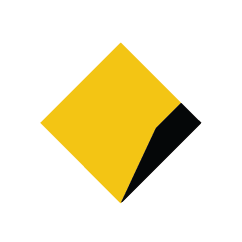
Commonwealth Bank of Australia
CRM Consultation
The Commonwealth Bank of Australia (CBA) adopted SAP CRM to replace their legacy platform, CommSee. However, several feature gaps were identified post-implementation. To address these, CBA’s on-site Deloitte consultants proposed various custom solutions. Lacking in-depth knowledge of the SAP Fiori design system and proprietary development language, they sought consultation for custom development from both design and development perspectives. We went on-site to evaluate their proposals, developed our own designs based on the initial requirements, and proposed a scalable solution with a significantly lower total cost of ownership (TCO) compared to Deloitte’s options.

ConocoPhilips / Shell
CPRA (Production & Revenue Accounting)
As major SAP customers, ConocoPhillips and Shell partnered to form a committee aimed at enhancing the standard Production & Revenue Accounting (PRA) product they had purchased. On the production side, they sought the capability to create and map out all components of their oil extraction process, from drilling to refining. On the revenue side, they needed a solution to calculate the Crown tax for their Canadian sites. Through numerous workshops with various customer committee stakeholders, we finalized wireframes for the extensive user flows required for their PA and RA needs. Despite the complexity, the experience was designed using SAP’s legacy UI5 platform.

Daimler Truck
SpecPro Redesign
Daimler Truck North America (DTNA) manufactures various lines of trucks and buses, selling through dealer networks and directly to large fleet customers. DTNA’s highly configurable trucks required approximately six hours per type to configure using their existing solution, SpecPro. This legacy platform was costly to license, maintain, and enhance, poorly integrated with their engineering change control system, and unpopular with their dealer community. During our on-site meeting with Daimler, our task was to understand how to redesign and build an efficient and user-friendly experience for their production and sales engineers that met both their current and future requirements.

Delta Airlines
MyTime – Employee Time Management
Delta engaged us to develop a custom application, named MyTime, to streamline the management of unionized hourly employee time and various types of time-off bidding. This new application, designed as both a desktop and responsive mobile app, replaced their outdated desktop-only legacy platform. Given the unionized nature of Delta’s hourly workforce and the continuous operation of airlines, the system prioritizes scheduling and time-off based on seniority and a bidding process.

Loblaws
PC Plus Loyalty Program
As Canada’s largest food and drug retailer, Loblaws was launching their loyalty rewards program, initially known as PC Plus and later integrated into the PC Optimum program. They required a mobile application to enhance the in-store customer experience. We were tasked with developing this application, focusing on three primary features: a points reward system, shopping list functionality, and the ability to browse and add recipes. Each feature was designed to scale and incorporate future technologies such as augmented reality, localized GPS, and early-stage ML/AI (considering this was in 2014). Additionally, the application needed to support custom and seasonal theming.

Tesoro
STO (Shutdown, Turnaround and Outage)
Tesoro, a key player in the petroleum refinery industry, manages a network of approximately 3,000 branded retail gas stations. Every 4 to 5 years, each refinery undergoes a scheduled Shutdown, Turnaround and Outage (STO) process—a lengthy and complex maintenance period during which the refinery is shut down for upgrades, repairs, and installations. Traditionally, each refinery handled this process in its own way, often using error-prone methods such as documenting everything in Excel. To address this, SAP Custom Development was tasked with designing and developing an application to standardize the STO process across all refineries.

D3 - Design Driven Development
When I joined Custom Development at SAP, it was a time when UX design was becoming a priority and flourishing across the technology industry. As part of a small group of UX designers spread across the U.S. and Canada, we, with sponsorship from our leaders, initiated the SAP Custom Development’s D3 (Design Driven Development) program. The D3 program was created to educate the broader organization on the importance of UX, pivot our requirements gathering and development process to include design and research, and shift our discussions and solutions with customers to be more user-centric. By integrating design thinking principles, the D3 program emphasizes understanding user needs, rapid prototyping, and iterative development. This methodology ensures that the final product is not only technically robust but also aligns closely with the end-users’ requirements and business goals. The program leverages SAP’s extensive expertise in enterprise software to deliver customized, innovative solutions that drive business value and enhance the user experience.
Customs & Standards
Custom Development at SAP exposed me to a diverse range of industries, product solutions, and unique industry processes. Balancing the custom needs of our clients with our evolving standard design system required me to learn quickly and manage multiple projects simultaneously. This experience honed my efficiency in designing user experiences for a variety of customers. Although the job was challenging, often involving extensive travel, the experience and exposure I gained were invaluable, laying a solid foundation for the designer I am today.


